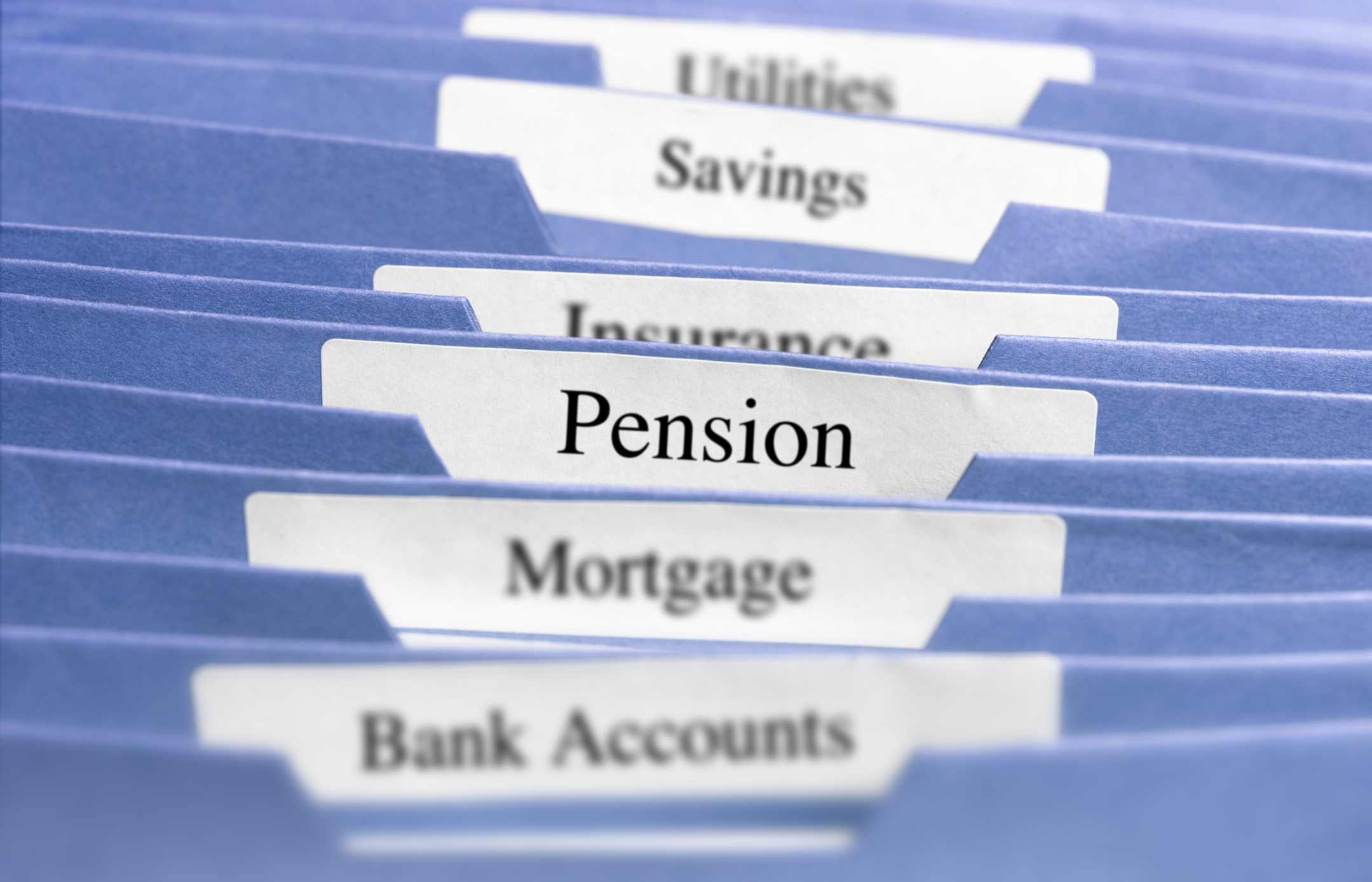Three pension-related reasons you might need to file a tax return
The self-assessment deadline is fast approaching, with millions of people due to submit a tax return by 31 January. But did you know you may need to file a return because of your pension savings? We explain all.


Landlords and the self-employed are often what spring to mind when you think of who needs to fill out a tax return.
But there are actually dozens of reasons for submitting a tax return. And this could include how you manage your pension.
With the 31 January self-assessment deadline for 2022/ 2023 tax returns fast approaching, we outline some pension-related reasons for filing a tax return that you may not be aware of.
MoneyWeek
Subscribe to MoneyWeek today and get your first six magazine issues absolutely FREE

Sign up to Money Morning
Don't miss the latest investment and personal finances news, market analysis, plus money-saving tips with our free twice-daily newsletter
Don't miss the latest investment and personal finances news, market analysis, plus money-saving tips with our free twice-daily newsletter
1. To claim extra tax relief on pension contributions
According to the online pension provider PensionBee, about £1.3 billion in pension tax relief owed to higher and additional-rate taxpayers went unclaimed between 2016 and 2021.
A separate survey by the investment platform Interactive Investor suggests that around one in three higher-rate taxpayers who pay into a private pension are missing out on extra tax relief on their contributions.
Everyone can get tax relief when they pay into a pension. The key to whether you are getting the correct amount of relief - and whether you need to claim back extra money - is if you are a higher-rate or additional-rate taxpayer, and what sort of pension you are paying into.
Only basic-rate relief is added automatically to pension contributions by providers operating “relief at source” schemes, which includes personal pensions and some workplace pensions.
If you earn more than £50,270 and pay into a “relief at source” pension, you will need to claim the extra tax relief yourself.
In contrast, if you have a “net pay” pension arrangement, you get the full amount of tax relief straightaway.
For those in “relief at source” pensions who need to claim the extra relief (worth 20% or 25% depending on your tax status), this can be done by filling out a self-assessment return
If you’re not registered for self-assessment, it’s also possible to call or write to HMRC and claim your tax relief that way. The taxman may adjust your tax code to pay the extra tax relief, or, if you don’t have any earnings, you may be sent a cheque instead.
The extra tax relief is worth an estimated £425 on average for a higher-rate taxpayer.
Becky O’Connor, director of public affairs at PensionBee, comments: “This might especially apply to you if you have recently changed jobs and are now paying higher-rate tax and are in a relief at source scheme. Or, if you were already in one but have had a pay rise and might now need to claim extra tax relief.
“It might also be worth checking the details of any pension you have paid into in the last four tax years, as you might have been missing out on tax relief without realising.”
2. To tell HMRC whether you have exceeded the annual allowance or MPAA, and whether “carry forward” rules are being applied
For the 2022/23 tax year, the old annual allowance of £40,000 still applies. (For the current 2023/24 tax year, it has risen to £60,000).
This is the maximum you can pay into a pension and receive tax relief. For very high earners who earned more than £240,000 of “adjusted” income in 2022/23 (or more than £260,000 for 2023/24), the tapered annual allowance applies and can reduce the amount that can go into a pension to £4,000 for 2022/23 (£10,000 a year from 202/24).
If you exceed the annual allowance, you’ll get a statement from your pension provider alerting you. Either you or your pension provider must pay the tax (essentially repaying the tax relief).
You’ll need to fill in the ‘Pension savings tax charges’ section of a tax return to tell HMRC about the tax, even if your pension provider pays all or part of it. You’ll need form SA101 if you’re using a paper tax return.
Bear in mind that contributions exceeding the annual allowance can be applied to any unused allowance from the three previous tax years via “carry forward” - so you may still qualify for the tax relief.
Again, you’ll need to make this clear on your self-assessment return to ensure you pay the right amount of tax.
Dean Butler, managing director for retail direct at Standard Life, says higher earners who exceed their annual allowance have a “responsibility to disclose this” and therefore it’s important to have a “good grip on your tax return”.
If you had already started to take taxable income from their pension, the money purchase annual allowance (MPAA) of £4,000 is the maximum amount you can pay in and still get tax relief for the 2022/23 tax year. This limit went up to £10,000 for 2023/24.
Carry forward cannot be used once the MPAA is triggered.
3. To tell HMRC you’ve started making withdrawals from your pension
The first taxable withdrawal someone makes from their pension pot is usually completed using what’s called a “month 1 emergency tax code”, which often results in an overpayment of tax - as well as a bit of a shock.
Many retirees have to pay hundreds or even thousands of pounds in tax on their first pension withdrawal, and then have to claw some or all of it back by applying for a refund.
According to PensionBee, overpaid tax can be claimed back from HMRC and this is usually done via a special form and adjustment to someone’s tax code.
However, it’s also possible to wait until the end of the tax year and get a refund after filing a self-assessment tax return.
PensionBee adds: “It may be possible to avoid this overpayment in the first place by providing an up-to-date tax code or P45 to your pension provider before the withdrawal is made.”
Get the latest financial news, insights and expert analysis from our award-winning MoneyWeek team, to help you understand what really matters when it comes to your finances.

Ruth is an award-winning financial journalist with more than 15 years' experience of working on national newspapers, websites and specialist magazines.
She is passionate about helping people feel more confident about their finances. She was previously editor of Times Money Mentor, and prior to that was deputy Money editor at The Sunday Times.
A multi-award winning journalist, Ruth started her career on a pensions magazine at the FT Group, and has also worked at Money Observer and Money Advice Service.
Outside of work, she is a mum to two young children, while also serving as a magistrate and an NHS volunteer.
-
 Why you fear money – and how to fix it: MoneyWeek Talks
Why you fear money – and how to fix it: MoneyWeek TalksPodcast MoneyWeek's digital editor, Kalpana Fitzpatrick, speaks to financial psychotherapist Vicky Reynal about how to change your money mindset for the better.
-
 How cancelling unused direct debits could boost your pension by £37,000
How cancelling unused direct debits could boost your pension by £37,000A new year refresh of your spending could save you money and help boost your pension pot.